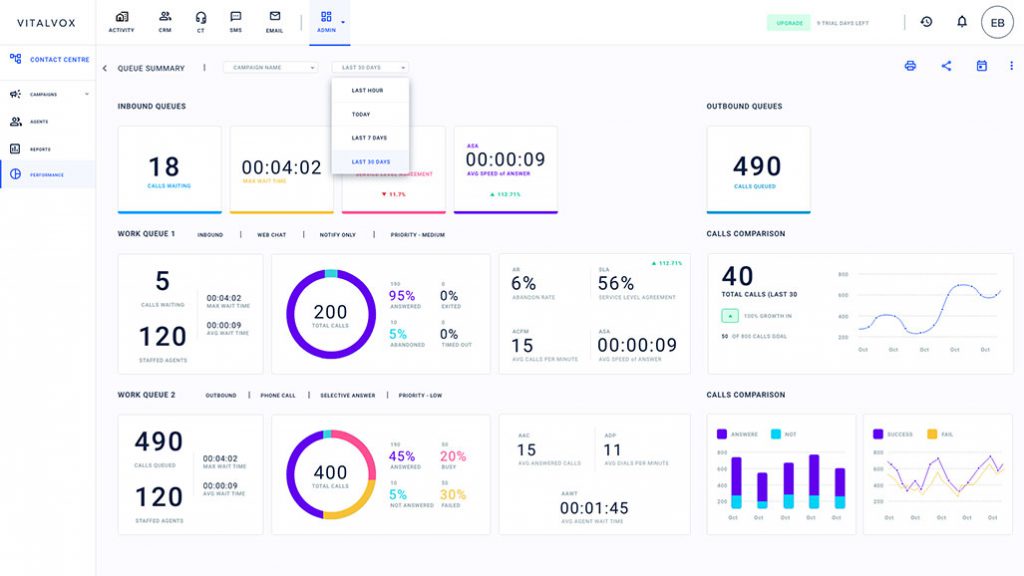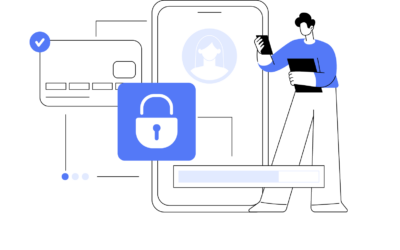Boost Call Center Productivity

Call centers are the backbone of modern customer service operations, handling an array of customer inquiries and resolving issues. To boost call center productivity, it’s essential to optimize processes and equip agents with the right tools and training. One crucial aspect of any successful call center is its productivity. Call center productivity refers to the efficiency with which agents handle customer interactions and deliver high-quality service. In this blog post, we will explore what call center productivity entails and delve into various methods for measuring and improving productivity.
What Is Call Center Productivity?
Call center productivity is the measure of how effectively agents utilize their time and resources to meet the company’s goals and deliver exceptional customer experiences. A highly productive call center optimizes its processes, empowers its agents with adequate tools and training, and consistently meets key performance indicators (KPIs) such as response time, first call resolution (FCR), average handling time (AHT), and customer satisfaction (CSAT).
Factors Affecting Call Center Productivity
- Agent Training and Knowledge
Well-trained agents equipped with comprehensive knowledge of products and efficient call-handling techniques can address customer queries promptly and accurately. - Technology and Tools
Modern call centers rely on advanced technologies such as customer relationship management (CRM) software, automatic call distribution (ACD) systems, and knowledge bases to streamline workflows and improve productivity. - Work Environment
A positive and supportive work environment fosters employee engagement, reducing turnover rates and enhancing productivity. - Call Routing and Skill-Based Allocation
Efficient call routing ensures that customer inquiries are directed to the most suitable agents, minimizing call transfers and hold times. - Performance Monitoring and Feedback
Regular performance assessments and constructive feedback from supervisors help agents identify areas for improvement and enhance their productivity.
Measuring Call Center Productivity
- Key Performance Indicators (KPIs)
KPIs are essential metrics that indicate how well a call center is performing. Common KPIs include:- Average Handling Time (AHT): The average time an agent spends on a call, including talk time and any after-call work.
- First Call Resolution (FCR): The percentage of calls resolved without the need for follow-up or escalation.
- Customer Satisfaction (CSAT): Measuring customer satisfaction through surveys or feedback after interactions.
- Service Level: The percentage of calls answered within a specified time frame, usually expressed as a percentage and measured in seconds.
- Occupancy Rate
The percentage of time agents spend handling customer interactions compared to their available working time. A balance must be struck between high occupancy rates and agent burnout. - Abandonment Rate
The percentage of callers who hang up before reaching an agent, often due to long wait times. - Agent Adherence
Measuring how well agents adhere to their schedules and follow break times to ensure optimal workforce management. - Quality Assurance (QA) Scores
Evaluating the quality of customer interactions through call monitoring and assessments based on predefined quality criteria.
Improving Call Center Productivity
- Training and Development
Continuous training and upskilling of agents to enhance their knowledge and skills can lead to better call handling and customer service. - Streamlining Processes
Identifying bottlenecks and streamlining workflows can reduce AHT and improve overall efficiency. - Performance Incentives
Introducing performance-based incentives motivates agents to strive for higher productivity levels. - Data Analytics
Utilizing data analytics to gain insights into call center operations can identify areas for improvement and inform decision-making. - Employee Engagement
Encouraging a positive work culture, recognizing achievements, and involving agents in decision-making can boost productivity and reduce turnover.
Conclusion
Boost call center productivity to provide excellent customer experiences and achieve organizational goals. Productivity in call centers is pivotal for meeting these objectives effectively.
By understanding the factors influencing productivity and employing effective measurement techniques, call centers can continuously improve their operations, optimize agent performance, and ultimately exceed customer expectations. Embracing a culture of productivity and efficiency will undoubtedly contribute to the long-term success of any call center.
Contact Us
Are you ready to enhance your call center’s productivity and deliver exceptional customer service? Contact us today to learn how our solutions can help you achieve your goals. Embrace the future of call center operations with us!
Categories
- Agent Performance & Training
- AI solutions
- Business Growth
- Call Center Performance & Productivity
- Call Center Software Platform
- Call Center Technology & AI Integration
- Call Center Training
- Call Center Workforce Management
- Call Monitoring
- Cloud-Based Solutions
- Customer Experience
- Data Security
- General
- Insights
- Integrated Customer Service
- News
- Omnichannel Communication Strategy
- Omnichannel Support
- Tech


